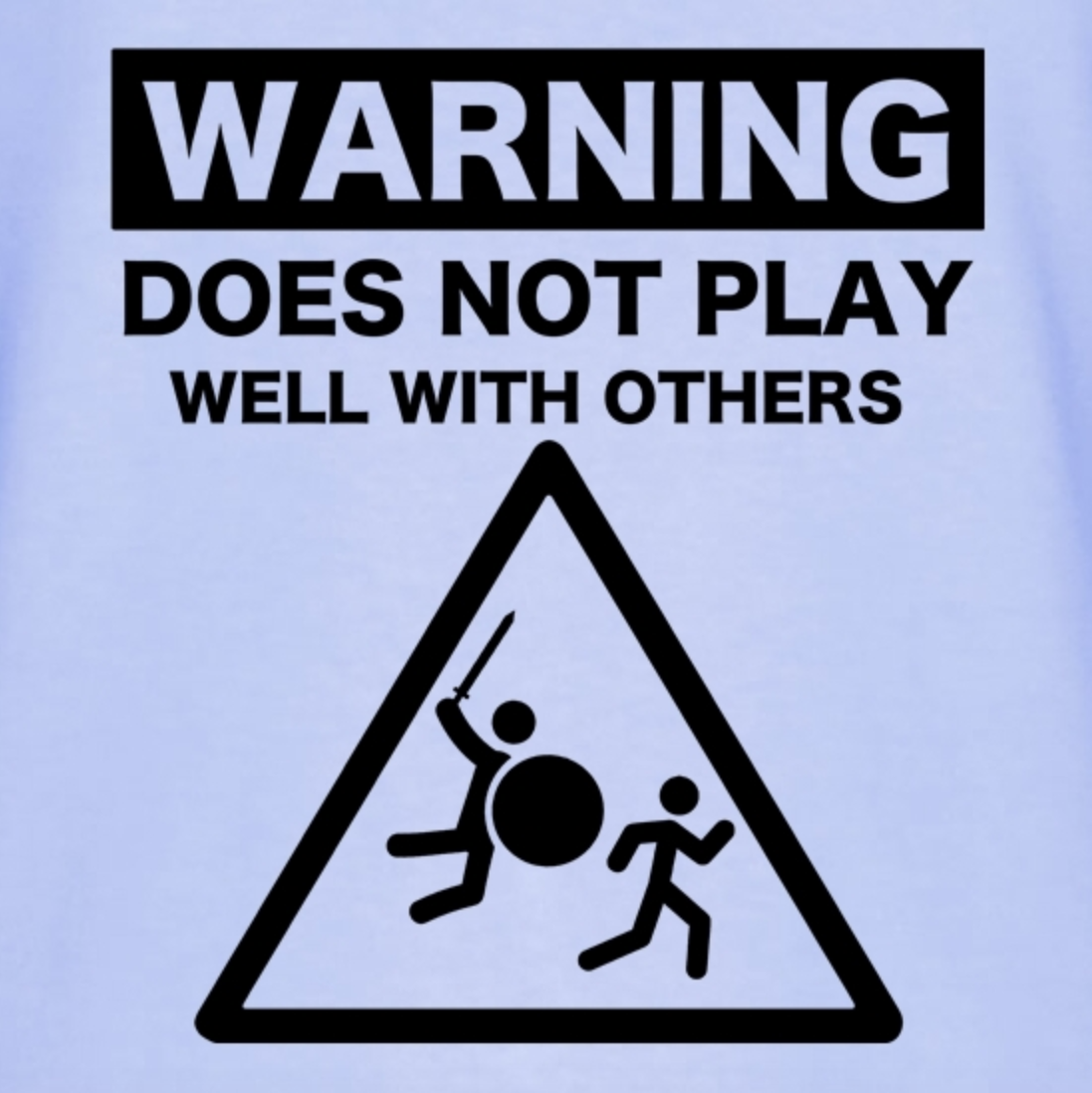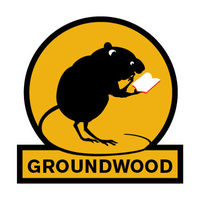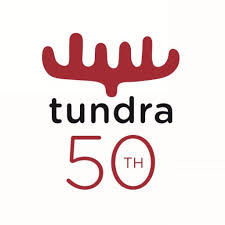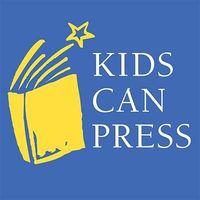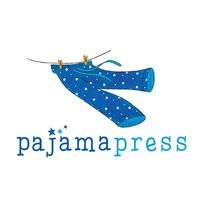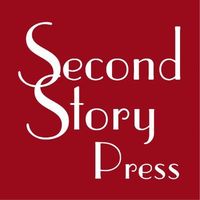Why Do We Keep Picture Book Authors and Illustrators Apart? - or How to Play Well With Others
By Naseem Hrab
I completely underestimated how emotional the whole process of creating a picture book would be. When my first picture book was being published, I became a horrible self-involved troll-person. I couldn’t help but think, “Are we talking about my book yet?! Are we talking about my book yet?!” every time no one was talking about my book. Truth be told, I tried my best to suppress my troll-feelings, but that became nearly impossible when it came time for my publisher to select an illustrator for my manuscript. “Who’s got two thumbs and a bunch of opinions? This guy!” And by “this guy,” I mean me. In this column, we’ll ask a bunch of awesome editors about what happens to your picture book manuscript when it comes time to contract an illustrator. Let’s get to it!
Note: All the questions below are written in my troll-voice because I believe that my transformation from human to troll is universal.
Question: Do I get to choose the illustrator for my picture book? I mean, I have really great taste.
Answer: “We have no doubt that you have great taste! I think we see our role as one of fostering the creativity of the author and illustrator to make their book the best it can be, while also making sure the book fits into our broader goals and mandate—this is why we are most comfortable matching authors to illustrators.”
Nan Froman, Editorial Director, Groundwood Books
Question: I guess that makes sense, but will I get to work closely with the illustrator of my picture book? And by “closely” I mean literally guiding their hand as they sketch.
Answer: “Authors will often have their own idea of what they want to see, scene by scene. But they are not illustrators. Picture book illustrators specialize in visual storytelling. Their job isn’t to simply draw what is being described. That would be redundant. Instead they add to what is being described, layering on a visual dimension to the story that can give a story even more emotional depth or humor or timeliness, whatever the case maybe.”
Karen Li, Editorial Director, Owlkids Books
Question: Are you sure? I have a pretty awesome vision for this book. After all, I know my manuscript best. Maybe I can just perch on their shoulder? And by perch on their shoulder, I mean guide their hand as they sketch.
Answer: “We keep the author and illustrator distinct in order to give the illustrator as much freedom as possible to create that brand-new wonderful thing. It would be hard for an illustrator to take ownership of the story and let her creativity flow if the author was there with her directing what she was doing. It’s important for the author to let go and let the illustrator take the story forward, bringing her own perspective and pulling things from the text the author might not even have realized was there.”
Your CanLit News
Subscribe to Open Book’s newsletter to get local book events, literary content, writing tips, and more in your inbox
Samantha Swenson, Editor, Tundra Books
Question: OK. Fine. I give up! Surely, I get to give feedback on the art though, right? Again, I may only have two thumbs, but I’ve got lots of opinions.
Answer: “There's still collaboration and conversation in that way—but with me serving as a go-between (or bridge or buffer if you'd rather). I discuss one's comments and queries with him/her and address and weed out any subjective and/or unreasonable asks and then bring only those comments and queries with objective merit to the other. It's my role to manage expectations on both sides so neither is put in a difficult or awkward situation—and so that both creators' roles and contributions are respected.”
Yvette Ghione, Editorial Director, Kids Can Press
Question: I’m getting the distinct impression that my picture book is no longer mine. It pains me to admit this fact, but I’m thinking it might be more of an “ours” situation, right? Our picture book. Our picture book. It doesn’t exactly roll off the tongue yet.
Answer: “Authors and illustrators are equally important in a picture book. It works best if it is always viewed as a 50/50 proposition. Despite the fact that the text always comes first, the project does not belong more to the author than to the illustrator. Publishing houses have art directors and designers who, along with the editor and publisher, work out their own vision of the finished project. So, an illustrator comes under some pretty careful direction from the house already. The best projects come about when the author and illustrator feel free to share their best ideas with their editor and/or art director, without worrying about what the co-creator thinks. It is, after all, the publisher’s financial risk in the end; so, until the publisher, editor and art director are satisfied, the book doesn’t go ahead, regardless of the author’s opinion of the artist, or vice versa. In the end, the publisher takes responsibility for the finished project if it doesn’t work out, but the author and illustrator can accept their respective accolades if the book is a success.”
Ann Featherstone, Senior Editor, Pajama Press
Serious Question: One day, I want to work with my mom to adapt a Persian folktale into a picture book. How might a publisher ensure that the illustrations in a diverse book or nonfiction picture book are accurate?
Answer: “In terms of publishing diverse books and ensuring authenticity, the author often has visual insights for the book that are based on their own experiences. The author often has insights that the illustrator doesn't have in terms of clothing, household objects, etc. It's easier for the author to quickly detect mistakes. It works well for the editor to be the connection between the two.”
Kathryn Cole, Managing Editor, Second Story Press
Answer: “With our list, many of our books are adapted traditional stories or myths from the author's home community, or family life. In those cases, the authors are often very involved in how the imagery will turn out—through providing reference images and notes and changes on the appearance of characters, settings, etc. There is always a balance that we try to strike in terms of ensuring the authenticity of the author's vision for the characters and cultural elements, and not constricting the illustrator's creativity to ensure we get the absolute best possible illustrations.”
Kelly Ward, Editor, Inhabit Media
Question: I just saw the final art for our picture book. I’m in absolute awe. It’s wonderful. I can’t believe how amazing it looks. I love all the surprise details in it. Oh look, I’m human again! It makes me want to sit down with an illustrator and come up with a book idea together. Can you please forward me Ruth Ohi’s phone number?
Answer: “There’s a special kind of magic that happens in some picture books, where the images and words aren’t two separate entities, but in conversation with each other. That said, I think it’s rare for authors and illustrators to collaborate together for the same reason co-written books or multi-artist paintings are less common than works by a single artist. Many artists are solitary in their practice, so there are potentially fewer opportunities for creators to co-develop a vision for a picture book before a publisher gets involved. It takes a lot of trust and strong communication—not to mention compatible schedules!—to collaborate creatively, on top of all the hard work that goes into any creative project.”
Claire Caldwell, Associate Editor, Annick Press
Question: Cool, cool, cool. So, I guess that’s a “No” regarding Ruth Ohi’s number? Her email address will work, too! Hmm … Maybe I’m not entirely human again.
The views expressed by Open Book columnists are those held by the authors and do not necessarily reflect the views of Open Book.
Naseem Hrab is the author of the picture books Ira Crumb Makes a Pretty Good Friend and Ira Crumb Feels the Feelings, illustrated by Josh Holinaty. Her comedy writing has appeared on McSweeney's Internet Tendency and The Rumpus. Sometimes Naseem likes to get up on a stage and tell true stories. She loves improv and coffee ice cream.
She worked as a librarian for a time and currently works in children's publishing.
